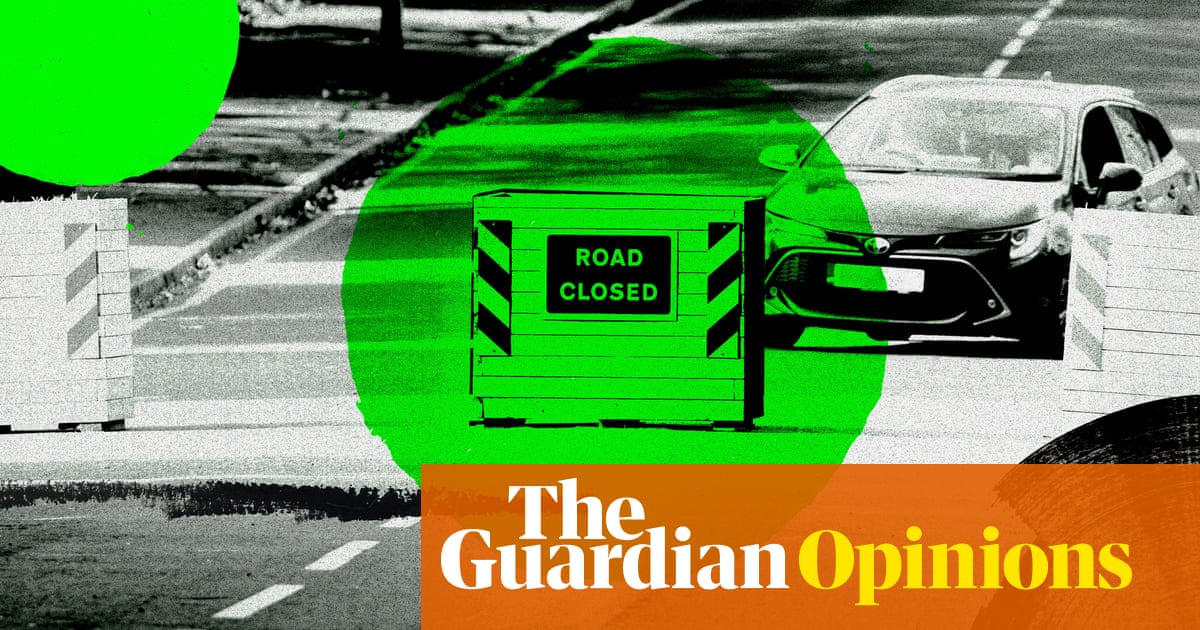PCPs replaced an approach called hire purchase (HP), where consumers opting for a car loan would make regular monthly payments until the loan was fully repaid, usually after three or four years. At the end, they would own the car outright. Under PCPs, consumers only pay back around half of the value of the vehicle. The rest of the value is reserved for a “balloon payment” at the end of the contract. The vast majority of consumers don’t make the balloon payment because they can’t afford it or don’t want to incur the expense. Instead, the vast majority swap their vehicle for a new one, and a new PCP deal.
I didn’t know that they have such a complex car debt bubble.
It means a lot are driving cars they can’t really afford.
Say you buy a car for £40k, finance it on PCP and you effectively make payments against a £20k loan. At the end of the agreement, you can buy the car for the remaining £20k, or hand the car back. Often the car will be worth £20k-£25k. Most dealerships will say ‘hey you can just take this new car’ and they get a £25k car for £20k. Dealerships make more sales of new cars and make more on the 2nd hand cars. Meanwhile those paying don’t actually own anything at the end and have continuous payments.
The only saving grace is if the car is worth less than the outstanding amount. If the car is worth £16k and you have £20k outstanding, you can just hand the car back and walk away. You aren’t obliged to buy the car or take out a new loan.
You can also pay off the finance yourself for the £20k, then sell that car on to get the £25k. But no one does because it’s not convenient like just taking a brand new shiny car.
that’s a subscription…
Basically, yes. You can get a lease for cheaper, but have no option to buy. PCP you have the option to buy, but few people actually take it.
One might hypothesize car culture is a symptom of a society controlled by financial elites doing shenanigans to stay in power
This is the best summary I could come up with:
If you believe much of the media coverage, my community was engaged in a culture war – a seemingly intractable obstacle to anyone wishing to reduce the dominance of motor vehicles in our towns and cities.
Looking at the problem this way, we notice that cars are produced at massive scale in huge plants that need to operate at all times at near full capacity to ensure profits and avoid insolvency.
One “solution” has been a proliferation of bigger, snazzier and more expensive models, such as SUVs, in the past couple of decades: manufacturers compensated for sclerotic demand by increasing the value of each car sold.
My analysis of credit reports associated with PCPs shows that financial markets place great value on the efforts of dealerships to ensure consumers keep up their monthly payments.
Interest-rate shocks, a spike in unemployment, and a fall in used-car values could quickly topple this house of cards, with wider repercussions not unlike the 2007 subprime mortgage crisis.
Public transport investment, bike lanes and LTNs are not an attack on motorists, but a helping hand out of the gilded cage that is contemporary car ownership.
The original article contains 977 words, the summary contains 190 words. Saved 81%. I’m a bot and I’m open source!




